On November 1, 2012, more than 90 researchers from around the world were awarded Grand Challenges Explorations grants. Each will receive $100,000 to conduct innovative, early-stage projects focusing on global health and development topics such as immunization, protecting crop plants, communicating about aid, and new malaria drugs. Some of the winners are featured here.
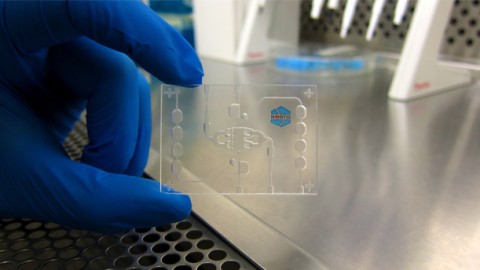
Thomas Neumann of Nortis, Inc. in the U.S. will develop a tissue-engineered model of the mosquito midgut for use in a device to screen anti-malarial compounds that target the parasite in the mosquito before transmission to human hosts.
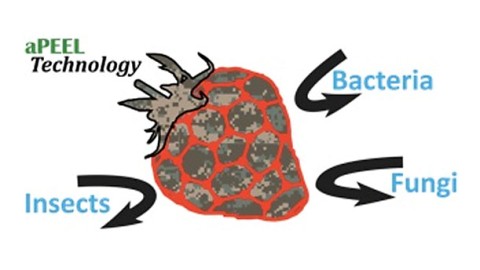
James Rogers of aPEEL Technology in the U.S. will develop a molecular camouflage that uses natural plant extracts to create an ultrathin barrier that can be applied to the surfaces of food crops, rendering them unrecognizable to bacteria, fungi, and insects while extending their shelf life.

Marianne Gybels of the 1% Club in the Netherlands will develop simple mobile device reporting tools that allow people to gather and post stories and data on grassroots aid projects, allow aid users and the local community to comment on the impact of the projects, and connect a global audience to these projects.

Shulin Chen of Washington State University in the U.S. will use a low-cost microalgae technology to produce the fatty acid DHA and the carotenoid lutein as a nutritional supplement for use by pregnant and nursing mothers to enhance early stage child development and prevent disease.
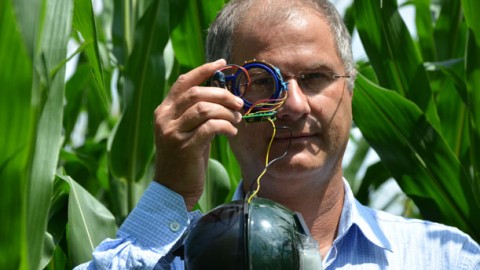
Agenor Mafra-Neto and Leandro Mafra of ISCA Technologies, Inc. in the U.S., working with Eamonn Keogh of University California-Riverside, are building ultra-cheap laser bug sensors that accurately count and identify flying insect pests from a distance.
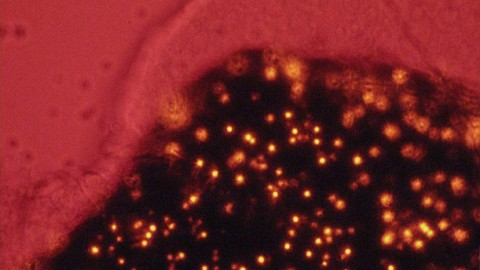
Koen Dechering of TropIQ Health Sciences in the Netherlands will develop a high throughput assay that uses parasites that emit light as they develop in their life cycle after ingestion by mosquitoes to allow easy identification of specific compounds that block malaria transmission.
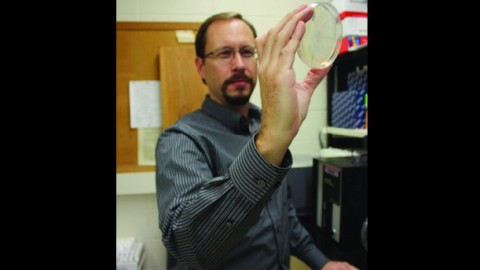
Jeffrey Withey of Wayne State University in the U.S. will test whether linoleic acid could be used as a low-cost oral therapeutic to prevent production of cholera toxin, the cause of cholera diarrhea. Linoleic acid could be a preventative therapy or added to an oral rehydration solution to speed recovery time for cholera patients.
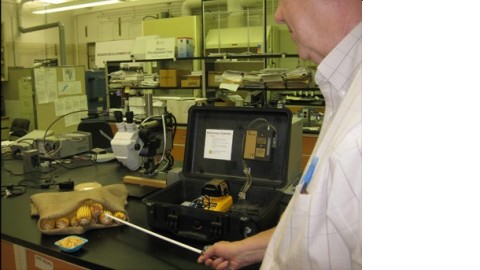
Nicholas Smilanich of Sensor Development Corporation in the U.S. will develop a portable point and click device that analyzes gases to detect the pheromones of the larger grain borer and the mold gases associated with aflatoxin.

Robin McQueen of the Truman National Security Institute in the U.S. will work to reframe the concept of foreign aid as effective and essential to national security. A short film trailer will be produced featuring trusted voices of military veterans explaining how aid mitigates crises that can cause global instability, along with innovative methods of visual and mobile communications to prompt viewers to link to a website for more information.
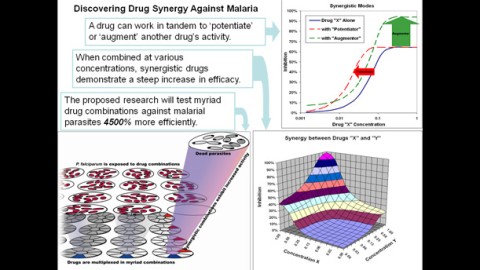
Melvin Reichman of the LIMR Chemical Genomics Center Inc. in the U.S., working with Vicky Avery of the Eskitis Institute for Cell and Molecular Therapies in Australia, will develop and validate a new drug screening approach called Ultra-High Throughput Screening for Synergy (uHTSS) to discover new drug combinations for the treatment of malaria.
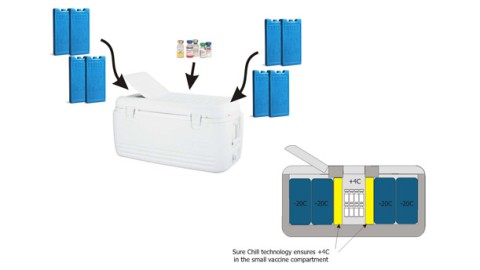
Keith Bartlett of True Energy in the United Kingdom will create a vaccine storage device that uses the properties of water density to maintain vaccines at 4°C during the "last mile" of the cold chain to prevent temperature fluctuations that can damage or destroy them.

Souroush Parsa of the International Center for Tropical Agriculture in Colombia and Fernando E. Vega of the U.S. Department of Agriculture are testing whether fungi that kill insect pests can be used to inoculate crop seeds. If the fungi can survive within resulting plants without harming them, it would allow farmers to use much smaller quantities of the biological control agent by treating just the seeds, not the entire field.

Jennifer Moslemi and a team at Habitat Seven in the U.S. will create an interactive children's e-book series for tablet devices that tells personal stories of children whose lives have been touched by aid efforts. Their goal is to cultivate meaningful dialogue within families to spread the message that aid is working.
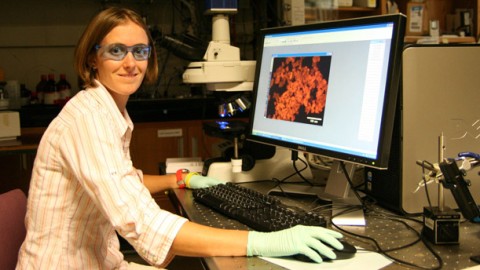
Jennifer Andrew of the University of Florida in the U.S. will develop a non-invasive diagnostic test that uses an inhaled dry powder that reacts to TB-infected cells by releasing polymers that travel through the circulatory system and are expelled in urine within a few hours.
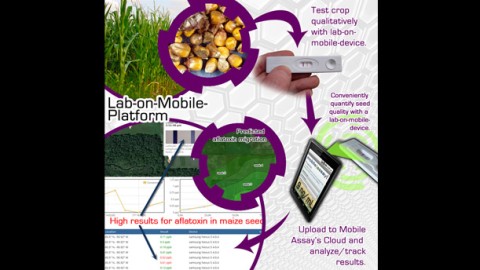
Donald Cooper of Mobile Assay Inc. in the U.S. will develop a low-cost, highly sensitive smartphone-based platform that can detect Botrytis and aflatoxin infection in seeds or soil. Connecting phone data to a server would allow farmers to monitor seed and crop quality and enable the development of regional preventive strategies.

Tom Myers of MicroLab Devices in the United Kingdom will develop a point-of-care device that can rapidly diagnosis both malaria and serious bacterial infections in children using a finger-prick blood sample, allowing prompt and accurate treatment of the correct illness and limiting needless antibiotic use, which leads to drug resistance.
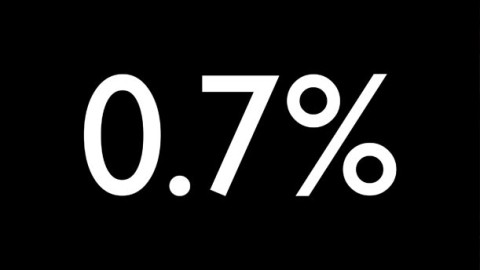
Jack McPartland of Future Buro in Australia will work to turn the figure "0.7%" – which is the United Nations target for aid donations from the Gross Domestic Product (GDP) of developed countries – into a brand that can be communicated to tell the story about the proportionally small amount of financial resources needed to make an impact in the developing world.